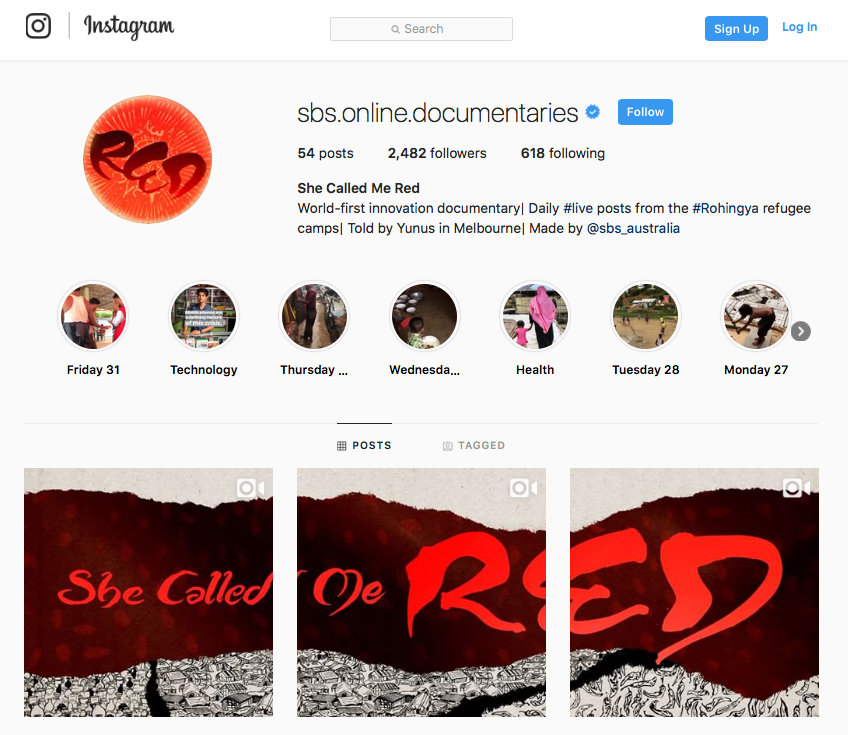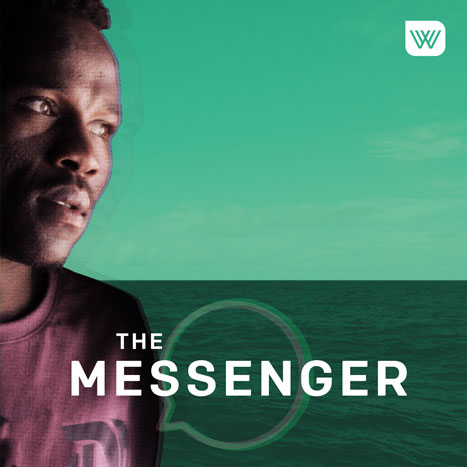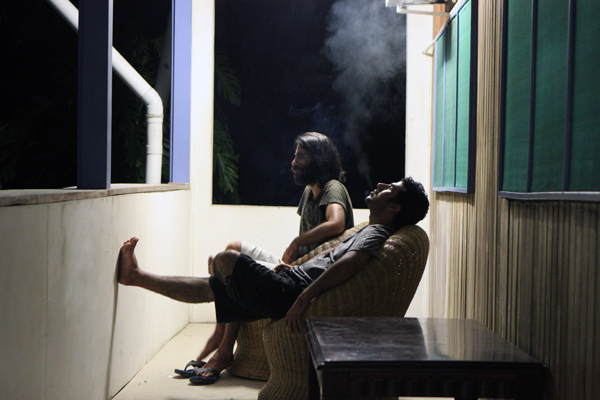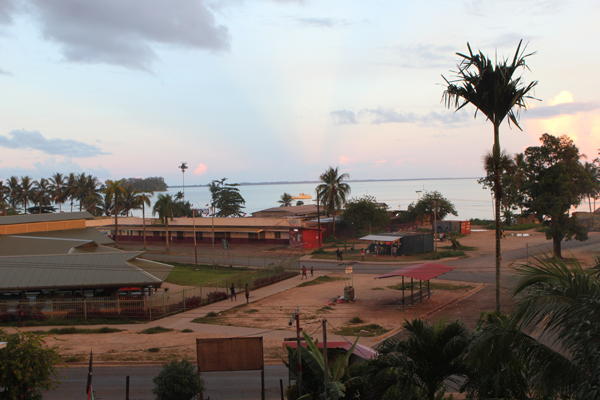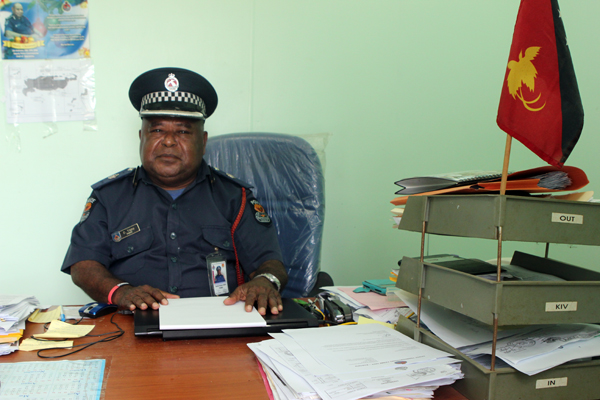“IF you have a grandmum, they will give you the worst nickname. Mine used to call me ‘Lalaya’. Lalaya means red. When I was very young—two or three—in the summertime, we don’t wear anything. Not even nappies, nothing. I was a little bit white, more than other family members, and when the sun hit me, I got red. Sunburnt. That was my nickname. My grandmum used to call out, she asked the other kids, ‘Where is Lalaya? Why isn’t he coming back?’ Like this. My aunties called me Lalaya too, or Lala. One of them still does. When I went to visit her in Bangladesh she cried a lot. She hugged me and cried.”
That’s the first post in the SBS online documentary, She Called Me Red, about Yunus in Melbourne and his family in the refugee mega-camp near the border of Bangladesh and Myanmar. I’ve spent a lot of time with Yunus in the last few months. The documentary is out now, delivered via a series of posts—photos, artwork, text and videos—on Instagram.
The UN describes the violence against the Rohingya beginning in late August 2017 as genocide. This documentary reveals a small part of how it affected one family. You can view ‘She Called Me Red’ retrospectively in grid-view, starting from the bottom right corner of the account, and through the daily Instagram stories pinned at the top of the project.
